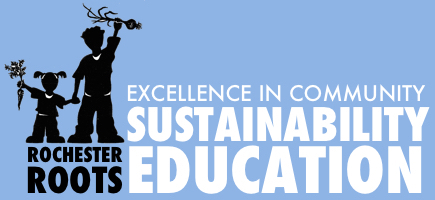Can you
identify the different types of ice in Antarctica? New scientific discoveries are revealing
information about the movement and flow of various types of ice in Antarctica and
the information it can provide regarding our future in a changing climate. Dr. Kathy Licht, Associate Professor of Earth
Sciences at Indiana University – Purdue University Indianapolis (IUPUI) presented
her research on
Antarctica’s Ice in
Earth’s Climate System at SUNY ESF on Tuesday March 31, 2015. The event was part of the Women in Scientific
and Environmental Professions Spring Seminar Series, in conjunction with the
Hydrology and Biogeochemistry Seminar Speaker Series. This presentation was sponsored by The Department
of Environmental Resources Engineering, the Environmental Scholars Program, the
Graduate Student Association and the ESF Women’s Caucus.
Dr. Licht
discussed three types of ice found in Antarctica. The ice sheet holds most of the continent’s ice, touches bedrock, and is very thick, approximately
0.1-4.8 kilometers. The ice shelf is
floating ice which is connected to the ice sheet but has water underneath it and
is 300-700 meters thick. Sea ice is
frozen sea water and it floats in chucks and is typically less than 10 meters
thick.
The ice
shelves on the west side of Antarctica are decreasing rapidly whereas the ice
shelves on the east side are increasing slowing. Globally, ice shelves are declining. There has been a 70% increase in ice shelf
mass loss in the past decade and this rate of loss is accelerating. The breakdown of ice shelves into sea ice has
made Antarctica a “sea ice factory.” The
ice in Antarctica flows like a river but on a much longer time scale. When ice shelves break apart, there is
nothing left to hold back the flow of glacial ice sheets which contributes to
sea level rise.
Dr. Licht
and her research team have been sampling and analyzing zircon sand in an effort
to better understand the movement and flow of Antarctica’s ice. This knowledge will contribute to the
accuracy of computer models used to predict the type of ice movement and ice
shelf mass loss we might see in the future.
The sampled sand was dated using laser ablation and the age of sand grains
from glaciers were compared with the age of sand grains under the sea, in order
to get a picture of how ice has moved in the past. The behavior of ice in Antarctica will have
critical impacts on Earth’s climate system as a whole.
At IUPUI,
Dr. Licht advises the Geology Club and the Women in Science House. She holds a BS in Natural Sciences from St.
Norbert College and a MS and PhD in Geological Sciences from the University of
Colorado, Boulder. Last year, Dr. Licht
won IUPUI’s School of Science Research Award.
Her work is supported by NSF Division of Polar Programs.
For more
information on the WiSE Professions Series, please visit
http://www.esf.edu/womenscaucus. For
information on the Hydrology and Biogeochemistry seminar series including
upcoming events for Spring 2015, please visit
http://www.esf.edu/ere/courses/hbgsemi.htm
As part of their class requirements, students share responsibility
for reporting on speakers in the WiSE Professions Speaker Series. The preceding was prepared by Vanessa Gravenstine, MS Candidate, Graduate
Program in
Environmental Science (GPES).
 By
incorporating hands-on gardening experiences, students are able to learn the
value of gardening and food preparation which empowers youth, family, and
community. These community gardens - repurpose otherwise abandoned land which
simultaneously approves aesthetics. In addition, the produce can be sold at
market or used in product development, serving additional lessons in marketing
and sales.
By
incorporating hands-on gardening experiences, students are able to learn the
value of gardening and food preparation which empowers youth, family, and
community. These community gardens - repurpose otherwise abandoned land which
simultaneously approves aesthetics. In addition, the produce can be sold at
market or used in product development, serving additional lessons in marketing
and sales.

